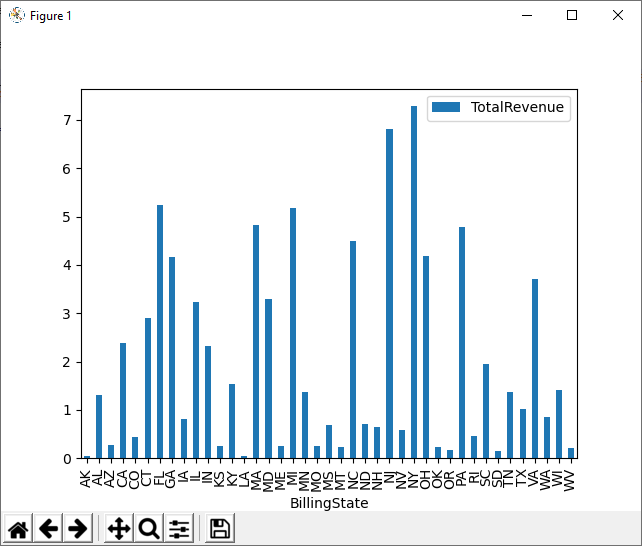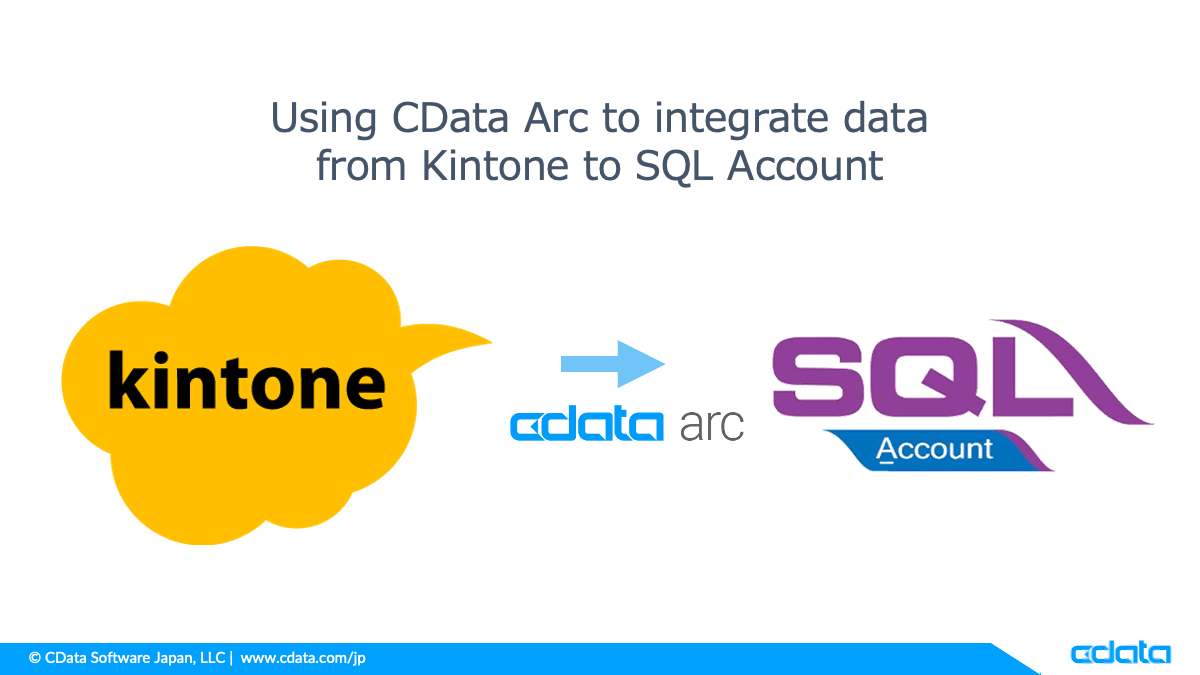Discover how a bimodal integration strategy can address the major data management challenges facing your organization today.
Get the Report →How to Visualize TaxJar Data in Python with pandas
Use pandas and other modules to analyze and visualize live TaxJar data in Python.
The rich ecosystem of Python modules lets you get to work quickly and integrate your systems more effectively. With the CData Python Connector for TaxJar, the pandas & Matplotlib modules, and the SQLAlchemy toolkit, you can build TaxJar-connected Python applications and scripts for visualizing TaxJar data. This article shows how to use the pandas, SQLAlchemy, and Matplotlib built-in functions to connect to TaxJar data, execute queries, and visualize the results.
With built-in optimized data processing, the CData Python Connector offers unmatched performance for interacting with live TaxJar data in Python. When you issue complex SQL queries from TaxJar, the driver pushes supported SQL operations, like filters and aggregations, directly to TaxJar and utilizes the embedded SQL engine to process unsupported operations client-side (often SQL functions and JOIN operations).
Connecting to TaxJar Data
Connecting to TaxJar data looks just like connecting to any relational data source. Create a connection string using the required connection properties. For this article, you will pass the connection string as a parameter to the create_engine function.
To authenticate to the TaxJar API, you will need to first obtain the API Key from the TaxJar UI.
NOTE: the API is available only for Professional and Premium TaxJar plans.
If you already have a Professional or Premium plan you can find the API Key by logging in the TaxJar UI and navigating to Account -> TaxJar API. After obtaining the API Key, you can set it in the APIKey connection property.
Additional Notes
- By default, the CData connector will retrieve data of the last 3 months in cases where the entity support date range filtering. You can set StartDate to specify the minimum creation date of the data retrieved.
- If the API Key has been created for a sandbox API account please set UseSandbox to true, but not all endpoints will work as expected. For more information, refer to the TaxJar developer documentation.
Follow the procedure below to install the required modules and start accessing TaxJar through Python objects.
Install Required Modules
Use the pip utility to install the pandas & Matplotlib modules and the SQLAlchemy toolkit:
pip install pandas pip install matplotlib pip install sqlalchemy
Be sure to import the module with the following:
import pandas import matplotlib.pyplot as plt from sqlalchemy import create_engine
Visualize TaxJar Data in Python
You can now connect with a connection string. Use the create_engine function to create an Engine for working with TaxJar data.
engine = create_engine("taxjar:///?APIKey=3bb04218ef8t80efdf1739abf7257144")
Execute SQL to TaxJar
Use the read_sql function from pandas to execute any SQL statement and store the resultset in a DataFrame.
df = pandas.read_sql("SELECT TransactionID, UserID FROM Orders WHERE TransactionID = '123'", engine)
Visualize TaxJar Data
With the query results stored in a DataFrame, use the plot function to build a chart to display the TaxJar data. The show method displays the chart in a new window.
df.plot(kind="bar", x="TransactionID", y="UserID") plt.show()

Free Trial & More Information
Download a free, 30-day trial of the CData Python Connector for TaxJar to start building Python apps and scripts with connectivity to TaxJar data. Reach out to our Support Team if you have any questions.
Full Source Code
import pandas
import matplotlib.pyplot as plt
from sqlalchemy import create_engin
engine = create_engine("taxjar:///?APIKey=3bb04218ef8t80efdf1739abf7257144")
df = pandas.read_sql("SELECT TransactionID, UserID FROM Orders WHERE TransactionID = '123'", engine)
df.plot(kind="bar", x="TransactionID", y="UserID")
plt.show()






